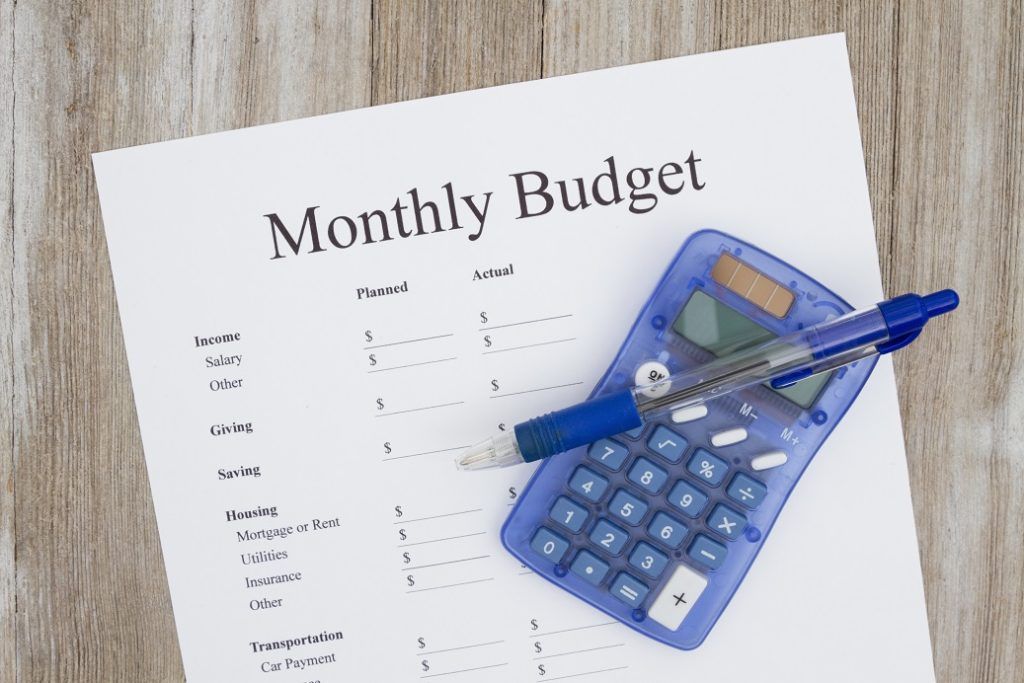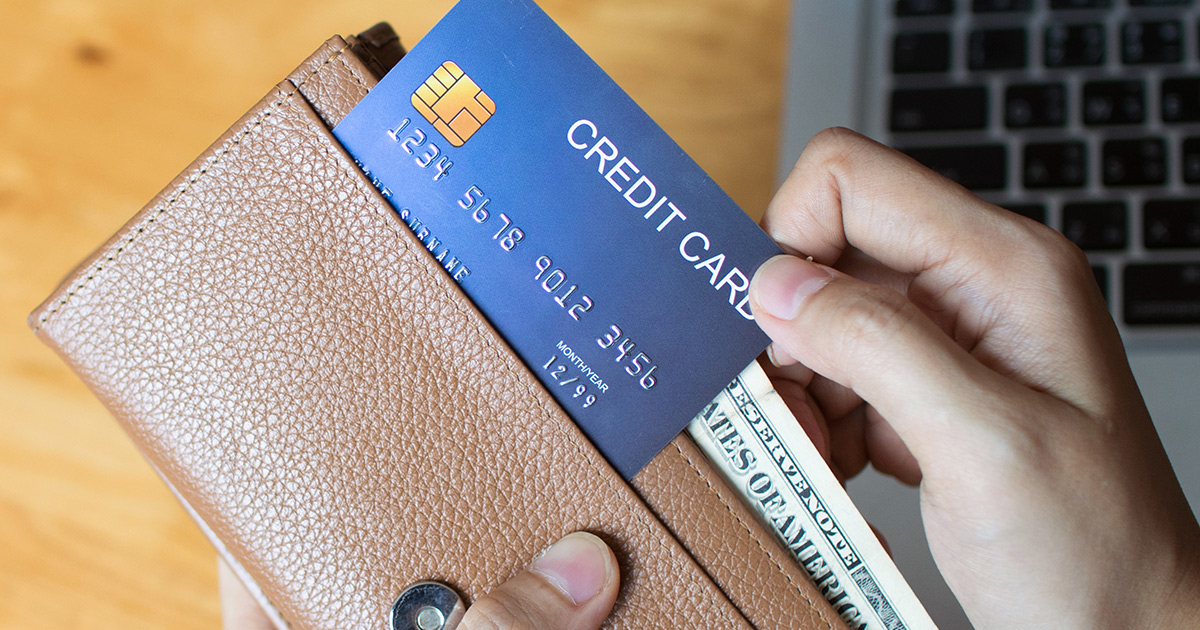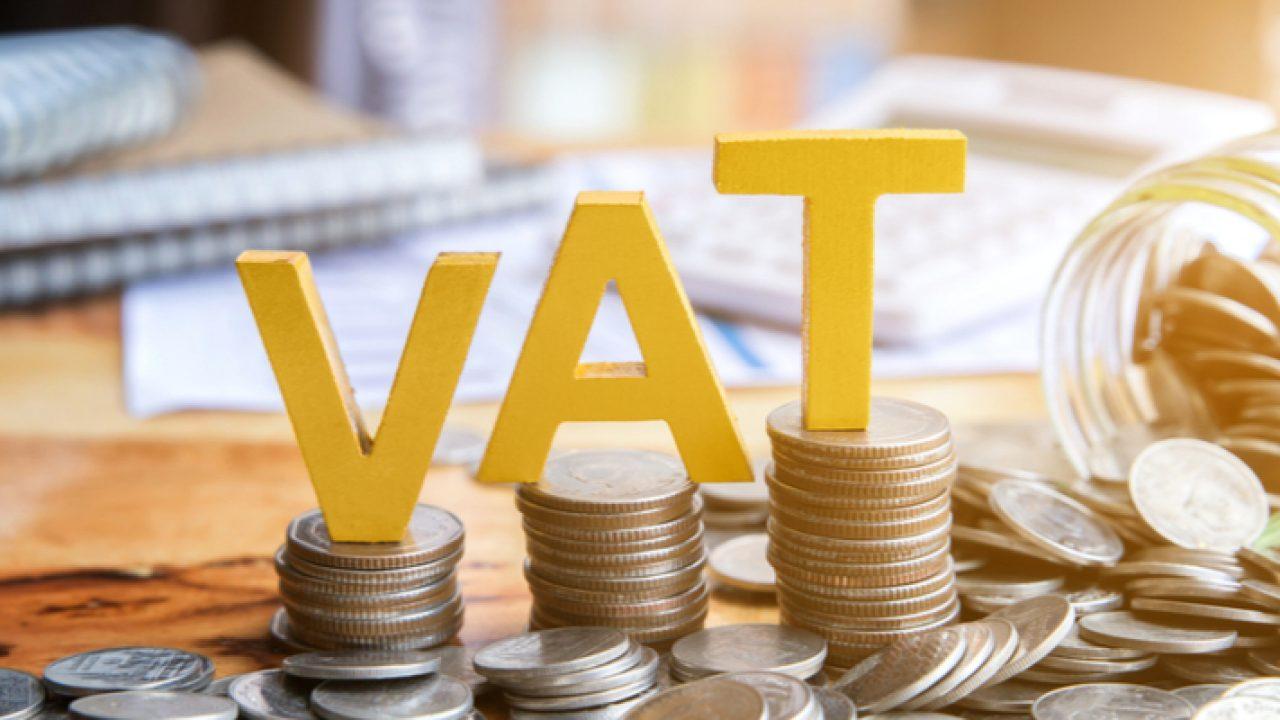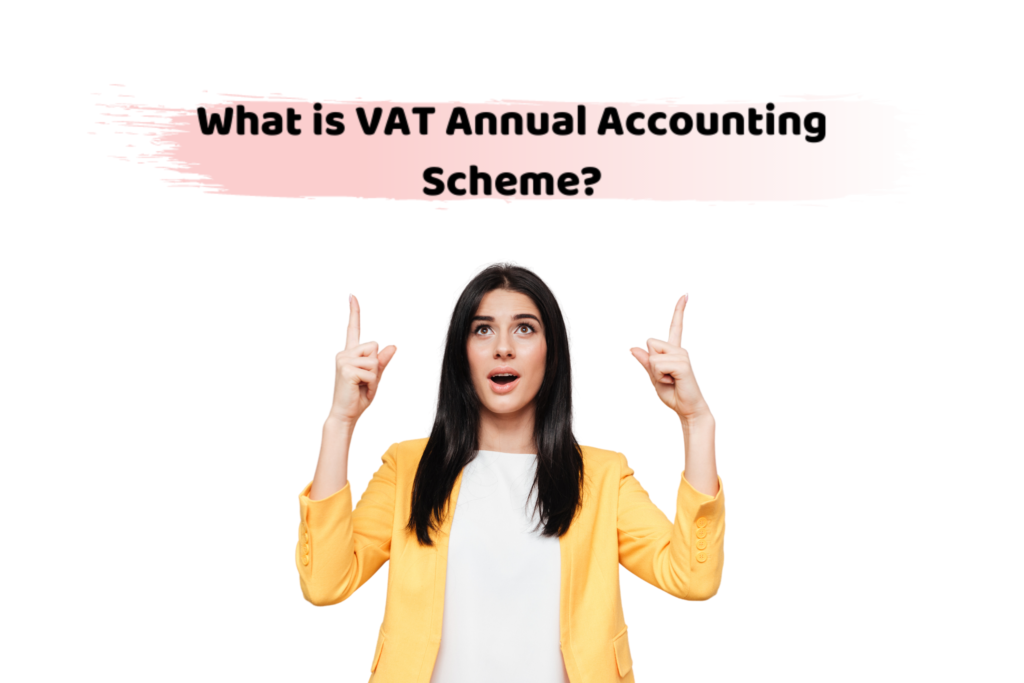Budgeting is the most crucial part of personal finance planning which helps in optimizing the expenses and ensures financial stability by maintaining funds for savings and emergencies. However, budgeting mistakes can ruin the entire financial planning and can even prove detrimental for your financial goals. Hence avoiding budgeting mistakes can not only ensure that you are on the right rack to achieve your financial goals but ensures financial stability as well. Let us discuss the most commonly made budgeting mistakes and solutions for avoiding these budgeting mistakes.
1. Not Tracking Your Spending

This budgeting mistake is one of the main reasons which leads most people towards debt and financial trouble. If you cannot track where the money is going you won’t be able to control your expenses which will eventually lead to reduced savings and will decrease your financial stability.
Solution:
Maintaining the data for expenses is the simple and effective solution for this mistake. Tools like Microsoft excel, budgeting apps or even the old school way of maintain a notebook can help you in tracking your expenses. This habit of tracking expenses will not only stop you from making this budgeting mistake but will provide the information regarding the expenses which you can cut back in order to align your spending amount with your budget.
2. Setting Unrealistic Goals
Setting unrealistic goals is a budgeting mistake that not only restricts even the necessary expenses sometimes but also leads to frustration leading to failure in sticking to your budget. Budgeting should be considered as a habit or a way of life not a punishment which you have to put yourself into.
Solution:
Setting achievable and realistic goals will not only avoid this budgeting mistake but will also give the confidence and motivation to achieve your goals in future regarding and expenses. It works for any schedule whether it is regarding budgeting or any personal goal that you have decided to achieve. So, the key here is to start small and gradually adjust the goals as you move further.
3. Ignoring Irregular Expenses

Your irregular expenses like car repairs, home improvement emergencies, medical bills or annual subscriptions can throw your budget offtrack if you have ignored by considering them exceptions. These expenses will absorb your savings or emergency funds like sponge absorbs water. It is one of the most common budgeting mistakes that a lot of people make and suffer the consequences like depleted emergency fund and savings.
Solution:
It is hard to plan exactly for the uncertain events like car repair, home repairs, medical bills, sudden change in insurance premiums etc. But keeping some percentage of your income aside for these unexpected expenses in a separate savings account can not only provide a cushion for your savings and emergency funds but will also help you in monitoring these expenses for a given time period so that you will be able to tackle these situations better in future.
4. Not Adjusting Your Budget
Anything which does not evolve will either lose the importance and will eventually perish to exist, and this statement goes exactly for your budget. If you are not periodically reviewing your budget and not monitoring how your current budgeting method is progressing towards your financial goal. Your budgeting is losing the effectiveness to make you reach your financial goals.
Solution:
Creating a schedule to review your budget monthly and adjusting the budget as per your current financial situation is the solution to avoid this budgeting mistake. This might not seem like a fatal mistake but this mistake really creeps up with time and can impact your budget severely after a while.
5. Underestimating Small Expenses
This budgeting mistake often goes unseen as it is tough to account for every little detail regarding your insignificant monthly expenses. For an example having a cup of coffee outdoor, your weekend dining rituals, smoking expenses, entertainment subscriptions etc. These are the expenses which must be accounted to avoid increase in your monthly expenditure and safeguard your savings monthly.
Solution:
Including a new all of a sudden is tough for everyone but continuous effort made in direction to mitigate these expenses can improve your budgeting drastically. The solution to avoid this budgeting mistake is to keep track of all expenses no matter how small they are and include them in your budget under personal expenditure. The trick here is you can only control what can track.
6. Neglecting to Save for Emergencies
A big percentage of people suffering from high interest rate debt are the people who overlook the importance of saving for emergencies. The only resort left with them is turn to their credit cards in the hour of need which only raises the probability of increasing debt and that too at higher interest rates.
Solution:
Emergencies can happen anytime and if you are not prepared for them be prepared to suffer for months or years in the near future as these expenses can throw you off track from your financial goal and can throw your finances off the cliff and in worst case scenario you may even end in debt. The solution to avoid this budgeting mistake would be to plan to save a minimum of three months of living expenses in advance to tackle emergency expenses.
7. Not Prioritizing Debt Repayment
Stalling repayments for long time will only lead the amount you owe to the creditor to increase substantially especially if it is a credit card. This budgeting mistake happens due to lack of awareness as people mostly think that their debt is decreasing each month even if they are just paying the minimum payment due. However, their debt is increasing as the minimum payment due is only 1.5 to 2 percent of the debt and the rolling over balance is accruing interest each month.
Solution:
This budgeting mistake can be avoided by prioritizing the debt repayment by allocating a fixed amount towards debt which is greater than minimum payment. Repayment strategies like snowball repayment method or avalanche method can be used to save money on interest while repaying the debt.
8. Relying on Credit for Everyday Purchases
Credit cards are an amazing tool to use debt but if used inefficiently they can be a double edge sword which can tear your budget apart in no time. One of the biggest budgeting mistakes that people make while using the credit cards is actually using their credit cards for everyday purchases. Tis can not only lead to accumulate balances at a higher rate if not paid each month in full but can also have a negative effect on the credit score due to credit card balance increasing the credit utilization ratio.
Solution:
The solution is simple for this budgeting mistake which is to use your money not credit to pay for everyday needs. Credit cards should be used only if you are certain that you will pay before the due date and in full.
9. Not Accounting for Inflation
Inflation the hidden killer for your savings that has to be included in any budget as the expenses are impacted directly by the inflation. It is the most common budgeting mistake done by people who are not aware about the inflation factor. A separate slack in saving should be provided to compensate inflation factor in the budget.
Solution:
To root out this budgeting mistake periodic reviews and adjustments is the perfect solution. As efficient monitoring and adjustments will ensure that savings and spending are normalized and will remain unaffected by the inflation rate.
Efficient planning and execution in budgeting can be considered as an anchor of your ship in your journey towards financial freedom. Understanding what can go wrong will definitely help in proactive planning and efficient execution of your budget. It takes commitment and dedication in reviewing the budget and making the changes. But if you are putting in the effort you will notice that this effort is definitely helpful in achieving your financial goals.







